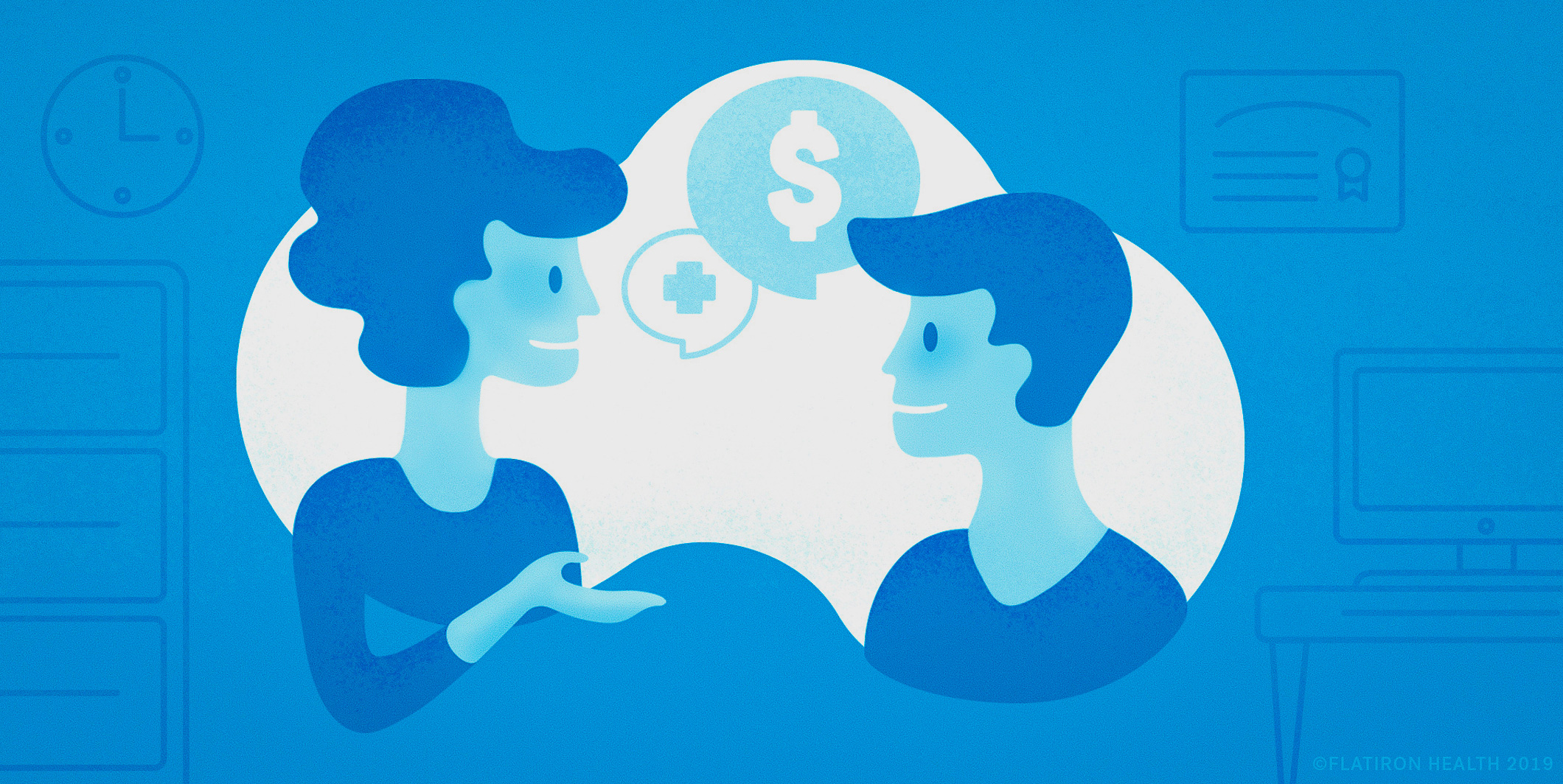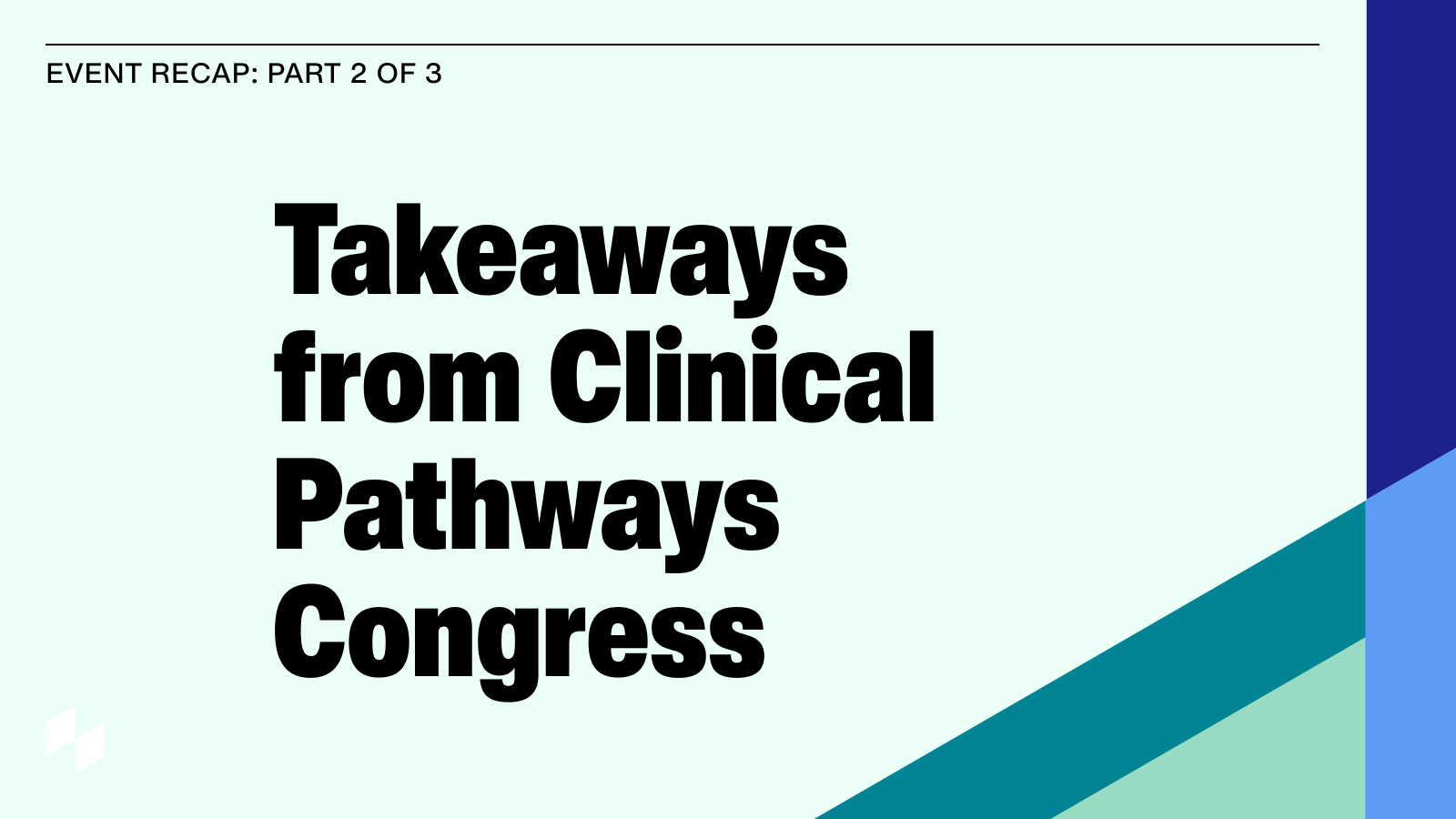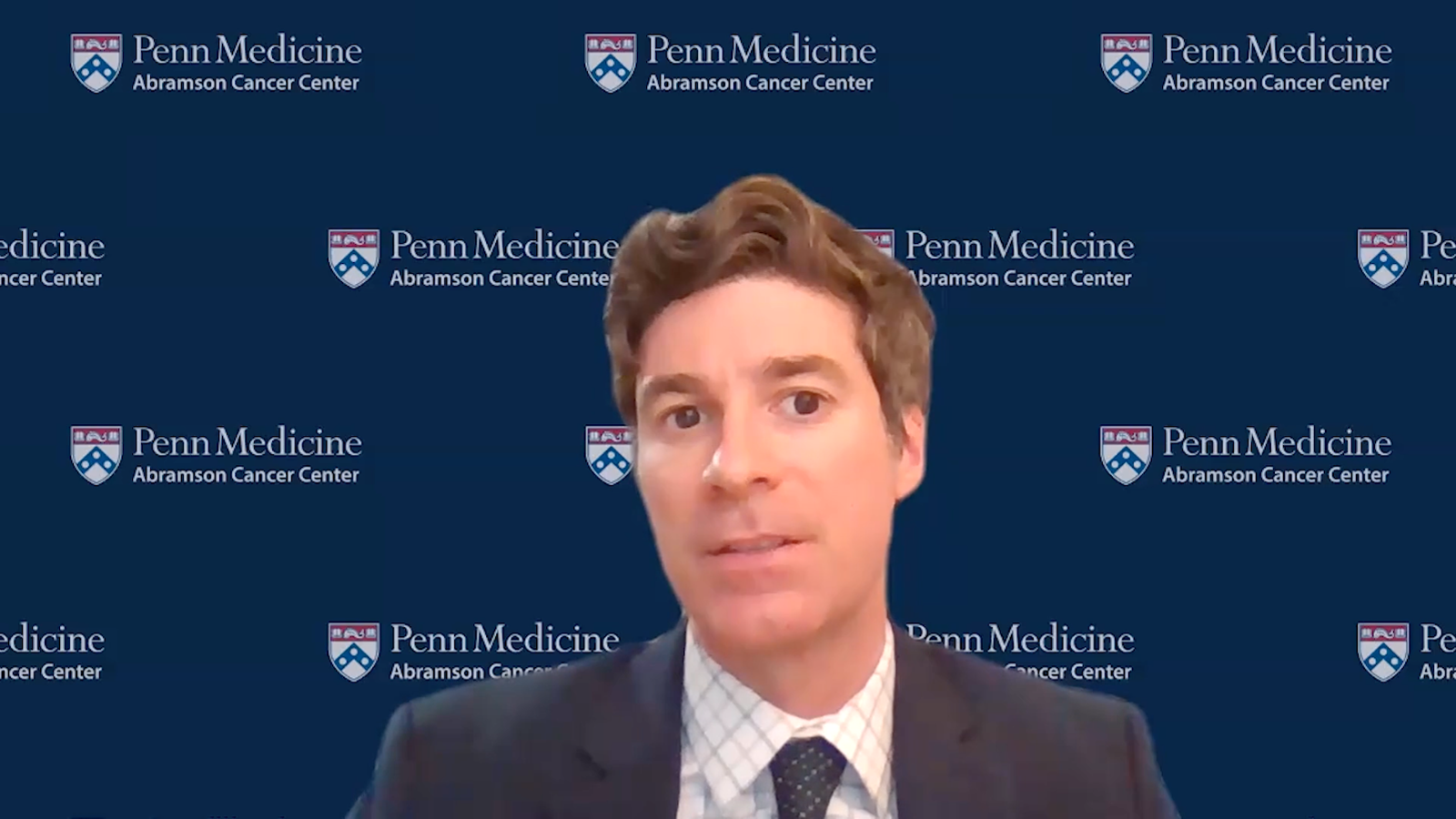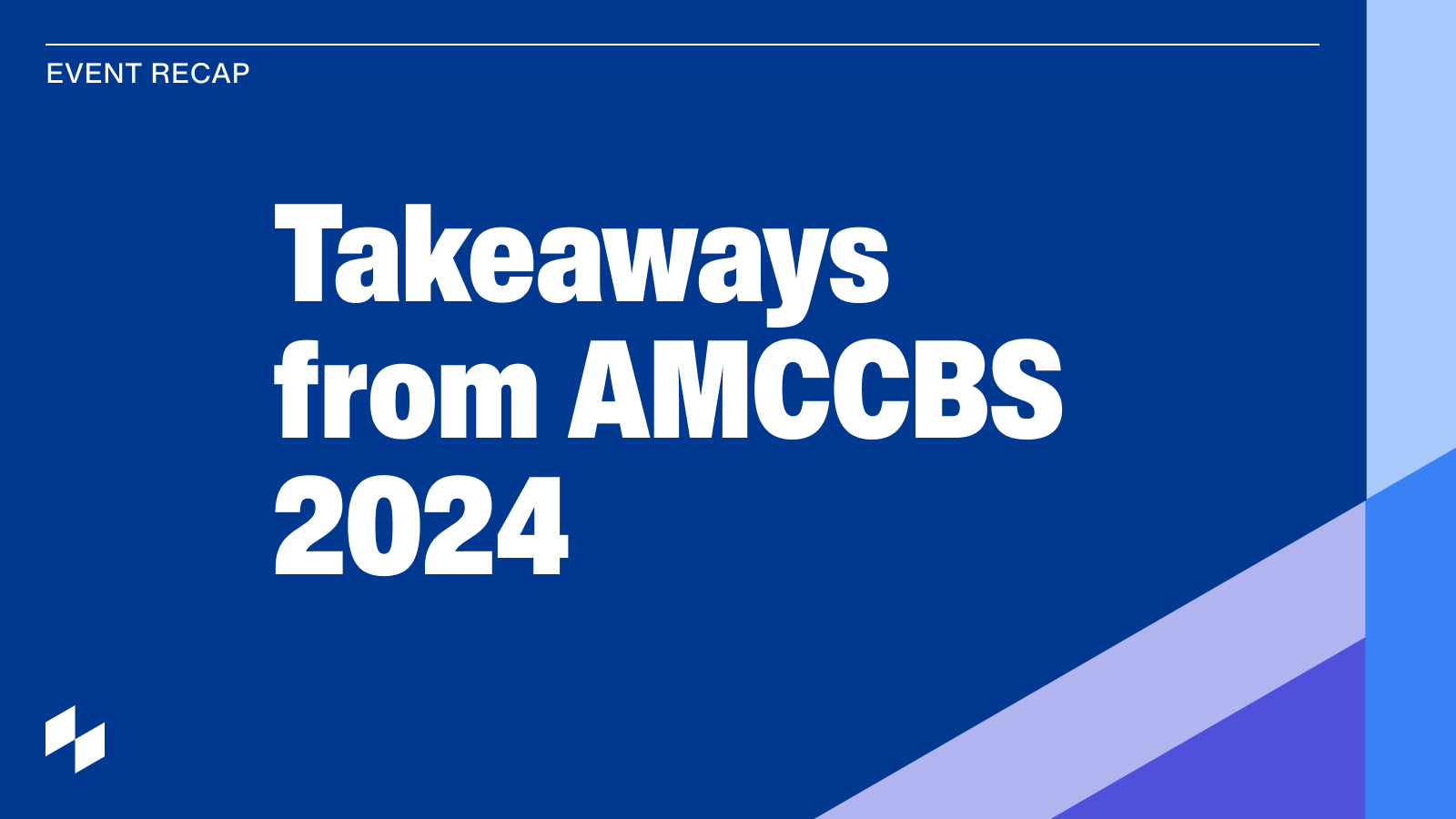In our last post, we learned about the reality of financial toxicity in community oncology, and discussed how technology and software design can be used as a resource to alleviate this patient burden. But supporting patients with the cost of care also requires a human touch. What does this look like for Flatiron's community practices? Most have invested in dedicated staff members to assist patients in navigating the cost of care. This can take the form of a social worker, a full team of financial counselors, a nurse or even a practice administrator. Most of these individuals take on additional work to ensure that each patient can best manage their financial situation.
"No one plans for cancer," says Dawn Wiggins, LCSW, a social worker at Cancer Specialists of North Florida in Jacksonville. "Even if you are lucky enough to have the resources to be able to afford your care, that is not what you were saving that money for. I see it as my role to help keep that money in the patient's and the patient's family's pockets for what they intended."
Unfortunately, financial toxicity often extends beyond the patients themselves; the financial burden can extend to the cancer clinics that strive to offer the best care possible for each patient. When a patient cannot afford to pay for their therapy, a clinic has few options. They can a) treat the patient and cover the cost of their care, b) send the patient to a hospital to be treated, or c) try to find supplemental assistance to offset the patient's (and practice's) financial burden.
Let's use Maria's situation from our previous post to illustrate how these options are assessed from a practice perspective. As a reminder, Maria has an insurance plan from Insurance Company X that has a 20 percent co-insurance, meaning that she's responsible for 20 percent of her medical bills (until she reaches her deductible), forcing the practice to make a decision between these three options:
-
Treat the patient and cover their cost of care. This may seem like the obvious solution, but due to the high cost of chemotherapy and difficult reimbursement models, community oncology clinics typically operate on extremely small margins. There are only so many treatments and/or patient co-pays (even at 20 percent) that a practice can cover before running out of money. Community practices are just like any other small business - they need revenue in order to continue to serve their customers.
-
Send the patient to a hospital to be treated. This option reduces the practice's financial liability, but the hospital isn't what's always best for patient care. A recent study from the Journal of Oncology Practice found that costs are typically about 46 percent higher in a hospital setting, largely driven by the increased cost of chemotherapy and provider visits in hospital-based clinics. A hospital's high cost of care, along with a usually longer commute time to get to a regional hospital, often deters patients from receiving necessary treatment.
-
Find supplemental coverage. If done correctly, supplemental assistance can cover Maria's 20 percent co-insurance. This allows Maria to be treated in a community setting without the practice having to take the financial loss (80 percent from insurance, 20 percent from supplemental assistance).
Weighing these options, the majority of practices will choose the third option, and try to find supplemental assistance in order to do what's best for the patient and the viability of the practice. Stories like Maria's happen all too often in oncology clinics, which makes the operations behind financial counseling so important for the health of the patient and the practice.
So where does a financial counselor even begin to find financial assistance for their patients?
First, the financial counselor (or other dedicated employee) needs to understand the patient's risk of financial toxicity based on the patient's diagnosis, treatment plan, insurance coverage and household financials. Finding this information is tough - the staff member often has to consult various systems and speak with many different stakeholders. They will also have to contact the insurance company online or via numerous phone calls in order to understand an estimated cost of care for this patient.
Once the team has an understanding of the patient's out of pocket responsibility, it's in the financial counselor's hands to fill in any gaps. Early in the year these gaps tend to change (and grow) due to insurance adjustments and deductibles restarting on the first of the year. This makes the financial counselors' strategies for finding funding even more important as the year progresses.
When asked how they go about finding coverage for patients with high out of pocket costs, the Benefit Coordinating team at Ironwood Cancer & Research Center, plainly stated: "We just hunt for it…." By "hunt," they mean that they extensively search for oncology non-profit foundations and hopefully are able to find one that has funding still available in the disease category of the patient in need. This team recommended that financial counselors first check to see if the manufacturer of the patient's chemotherapy offers an assistance program that their patient will qualify for. If this is not an option, the team keeps an "open" list (i.e. non-profits with funding still available) for each disease category that they reference when one of their patients is in need.
It is fortunate that we live in a time of ground-breaking treatment options, although they usually come at a price. A patient at Eastern Connecticut Oncology Hematology (ECHO), had just about run out of options when he was prescribed a drug for his advanced small cell lung cancer. Unfortunately, even with his Medicare Advantage, which covered 80 percent of the cost of his care, he still was unable to afford this therapy and was hesitant to take on more debt for a treatment that may not work. Christie Beausoleil, a financial counselor at ECHO, noticed that he was eligible for the patient assistance program sponsored by the drug manufacturer. Two and a half years after enrolling in the program, this patient is still on this therapy, covered in full by a combination of his insurance and the drug manufacturer's patient assistance program, and gained years of his life he thought would be gone. When reflecting on what has motivated her to stay in oncology for almost 20 years, Christie references the countless stories like this one.
But unfortunately, options like these are not always available.
Occasionally, a doctor will treat a patient with an off-label drug in a last ditch effort to save the patient's life. In these cases, most manufacturer-sponsored programs are not able to grant funding because the FDA had not yet approved the drug for that use case. This is especially prevalent in younger populations where because of their age, patients and physicians may be more willing to take risks (financial and medical) to find treatment options.
"Cancer can bring great financial difficulty, especially in our younger population," mentioned Julie Hartman, another member of the Patient Support Team at ECHO, when describing this common occurrence. Julie had recently worked with one patient who, because of her diagnosis, wasn't eligible for the manufacturer-sponsored patient assistance program. On top of that, all of the practice's go-to foundation funding was already accounted for at the time when the patient was diagnosed. That's when Julie and her team got creative. ECHO's Patient Support Team scoured the internet and called their local philanthropic contacts asking for anything that would help. Eventually, they found a local program, the Jolly John Foundation, that was founded in memory of another oncology patient in the community. The foundation sponsored the patient's mortgage to offset the cost of her care.
Cancer is not only a burden on a patient's physical health, but also on their financial security and mental wellbeing, all of which can impact the effectiveness of the treatment. As insurance and government reimbursement models continue to become more complicated, it is imperative that practices continue to invest in the individuals, operations and technology that lift the financial burden off the backs of their patients. The crucial efforts undertaken by financial counselors at practices across the country provide patients with the care that they need, at a location close to their home, and at a cost that is manageable.
--
Curious how to do more to fight financial toxicity at your practice? Here are some best practices from our network to find assistance:
-
Subscribe to the non-profit foundations' newsletters and emails. PAN Foundation and CancerCare are examples of two wonderful organizations who publish monthly newsletters and alert you when foundations are open.
-
Build relationships with local charities. Get your practice involved in local fundraisers and charitable events!
-
First go after the commercially-sponsored programs. If a patient is eligible for one of these programs, go that route first to save foundation funding for patients who are not eligible.
-
Ask your pharmaceutical representatives. They may have heard of an option from another practice they visited.
-
Crowdfund your local network. Use a free fundraising platform to raise money for medical bills. With your patient's authorization, this is a great way to get the community involved!
-
Find shortcuts. It can be time consuming to review all patients that come into the clinic. Leverage worklists to track patients' out of pocket balances and funding options available.
-
Google is your friend. Search the web for different options for your patient's diagnosis and financial situation. You may find something you hadn't thought of!



